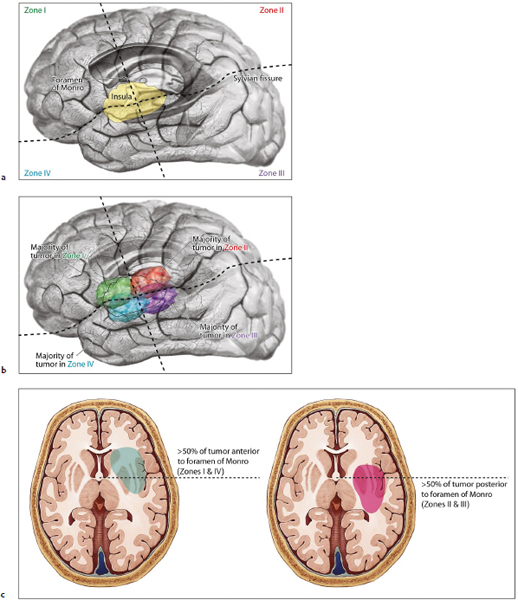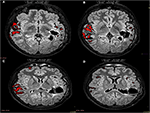

#Eloquent areas of brain series#
It was not until 1970 that the intraoperative cortical mapping technique began to be used for the resection of neoplastic lesions by Whitaker and Ojemann, who perfected the technique and published the first series that demonstrated the usefulness of this technique, describing it as safe, simple and adequately tolerated by most patients. However, the most identifiable antecedent dates back to the beginning of the last century with Penfield’s descriptions in the 1920s of intractable epilepsy surgery in awake patients and later in 1937 with the exposure of the intraoperative electrical stimulation technique used for the treatment of epileptogenic foci close to the language area. The earliest descriptions in the modern era of neurosurgery date back to descriptions in the treatment of epilepsy in the 17th century. Throughout the history of neurosurgery it is known from archeological findings that therapeutic trepanation has existed since the Neolithic period between 8,000–500 BC, this type of treatment was performed for headaches, fractures, localized cranial deformity, mental changes, infections or seizures. ġ.1 History of brain surgery with awake patient This approach has allowed to achieve a higher degree of resection with less morbidity and a higher quality of life. Other advantages include a shorter hospitalization time, hence reduced cost of care, and a decreased incidence of postoperative complications.

The benefits of awake craniotomy are increased lesion removal, with improved survival benefit, whilst minimizing damage to eloquent cortex and resulting postoperative neurological dysfunction. The diagnostic approach and the logistics to carry out this procedure and achieve better results will be shown.Īt present there is growing evidence regarding the benefits of surgery in awake patients, with application in the treatment of epilepsy, abnormal movements and neurooncological surgery. This chapter aims to provide an overview of the transdisciplinary work of the Neurosurgeon, Neuroanesthesiologist and Neuropsychologist before, during and after the resection of a neoplasm in eloquent areas with the patient conscious under the 3A anesthesia modality (asleep, awake, asleep). *Address all correspondence to: Introduction

Functional Neurosurgery, Stereotactic and Radiosurgery Department, Mexico General Hospital “Dr.At present there is growing evidence regarding the benefits of surgery in awake patients, with application in the treatment of epilepsy, abnormal movements and oncological surgery. The diagnostic approach and the logistics to carry out this procedure and achieve better results will be shown.


 0 kommentar(er)
0 kommentar(er)
